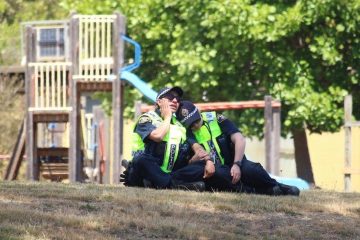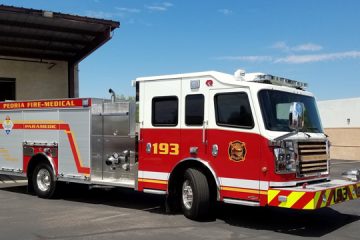Increasing Shooter Incidents Prompt Public Safety Concerns in Canada

Introduction
In recent years, Canada has witnessed a troubling increase in shooter incidents, prompting widespread concern about public safety and the need for effective strategies to combat gun violence. While Canada has traditionally been viewed as a safe haven compared to other countries, the spike in armed confrontations has raised questions about the adequacy of current laws and enforcement measures.
Current Statistics and Events
According to recent data from Statistics Canada, the rate of gun-related incidents has increased by over 30% from 2019 to 2022. In 2022 alone, there were over 700 reported shooting incidents, a significant rise from previous years. Major cities like Toronto and Vancouver have been particularly affected, with gangs often at the center of the violence. In a notable case this past summer, a shooting in Toronto during a public festival left multiple individuals injured, igniting a community outcry for more stringent control measures.
Furthermore, the National Firearms Association has reported that the surge in shootings is often linked to illegal firearm possession and the growing influence of domestic gangs. Gun control advocates argue that the current regulations are inadequate and call for stricter licensing processes and penalties for illegal gun ownership. Meanwhile, gun rights groups emphasize the importance of personal protection and responsible ownership.
Government Response and Community Initiatives
The Canadian government has responded by proposing legislative changes aimed at tightening gun control laws. The recent Bill C-21 aims to introduce a federal ban on a wide range of firearms, particularly assault weapons, and enhance background checks for potential purchasers. Additionally, funding has been increased for community safety programs, focusing on conflict resolution and violence prevention in youth.
Conclusion
The rise of shooter incidents in Canada marks a significant challenge for policymakers and local communities. While measures are being taken to improve public safety and reduce gun violence, the effectiveness of these initiatives remains to be seen. As communities grapple with the impacts of these tragedies, it is crucial for Canadians to engage in discussions around the balance between rights and safety. Future forecasts suggest that with continued pressure for reform, we may see more comprehensive gun laws enacted, but community involvement will be key in shaping these changes for long-term success.









